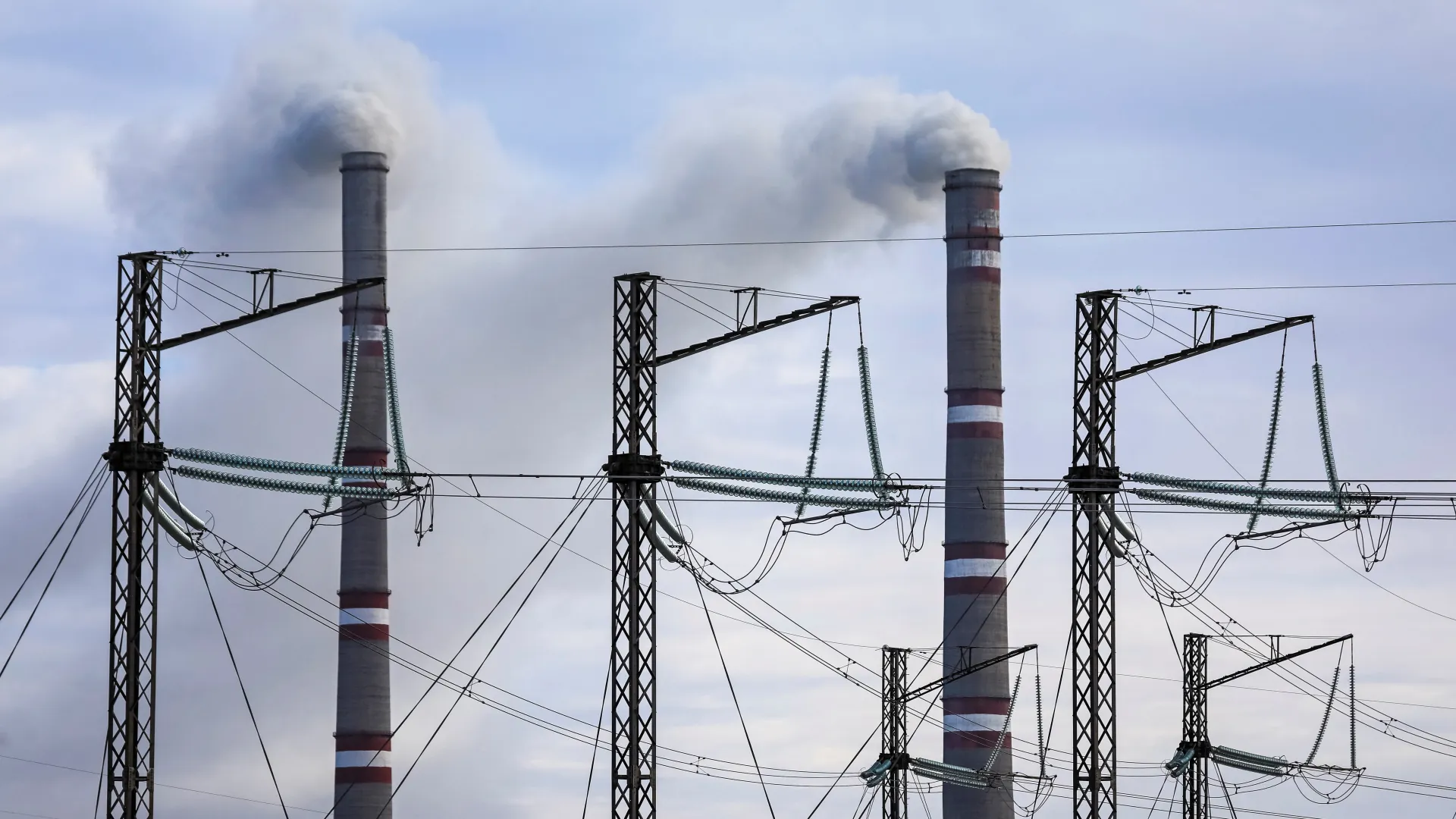
A Mapping Tool for Addressing Socioeconomic and Demographic Disparities in Power Outage Impacts
Lead PI: Dr. Bagtzoglou, UConn
Co-PI: Dr. Hertel, UConn; Dr. Shoreman-Ouimet, UConn; Dr. Francesco Rouhana, UConn
Background:
The impacts of weather-related power outages vary across geographic regions due to differences in infrastructure, energy sources, and socioeconomic conditions. Low-income, elderly, and racially minoritized communities, especially in rural areas, face heightened risks, experiencing longer outages and more severe socioeconomic consequences. Many previous studies have focused on urban areas, overlooking the unique vulnerabilities of rural communities, which often lack the resources for effective disaster preparedness and response. Addressing these disparities is critical for developing equitable and effective hazard risk reduction strategies.
Industry Need:
Current power restoration efforts prioritize outage numbers and affected population size but fail to account for disparities in outage impacts across different demographic groups. Utility companies, emergency managers, and disaster planners need better tools to understand and address socioeconomic vulnerabilities related to power outages. A comprehensive approach to resilience planning will improve service delivery, enhance disaster preparedness, and strengthen utility companies’ reputations for social responsibility.
Objectives:
This project aims to develop an analytical framework to assess spatial disparities in power outage vulnerability between rural and urban areas. It will use GIS-based analysis to examine the geospatial and temporal dynamics of outages, highlighting how infrastructure and social vulnerability interact. The project will also create an intuitive, user-friendly tool to help utilities improve equity in disaster preparedness, emergency response, and recovery efforts.
Methodology:
The research will integrate social vulnerability indices with geospatial data to assess the distribution of populations, infrastructure, and outage impacts. A GIS-based interactive tool will be developed, allowing users to visualize rural-urban disparities and analyze vulnerability in real-time. This tool will help identify at-risk areas, inform disaster risk reduction strategies, and guide policy decisions on infrastructure investments and emergency response planning.
Deliverables:
The project will produce a GIS-based mapping tool to highlight socioeconomic disparities in outage impacts, helping utilities allocate resources more effectively. It will also generate guidelines for targeted disaster risk reduction strategies, focusing on underserved communities. The findings will provide actionable insights to improve resilience planning and ensure equitable power outage management.
